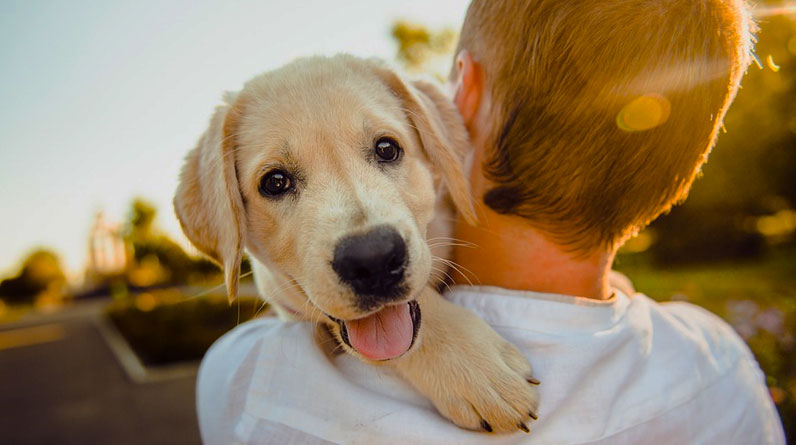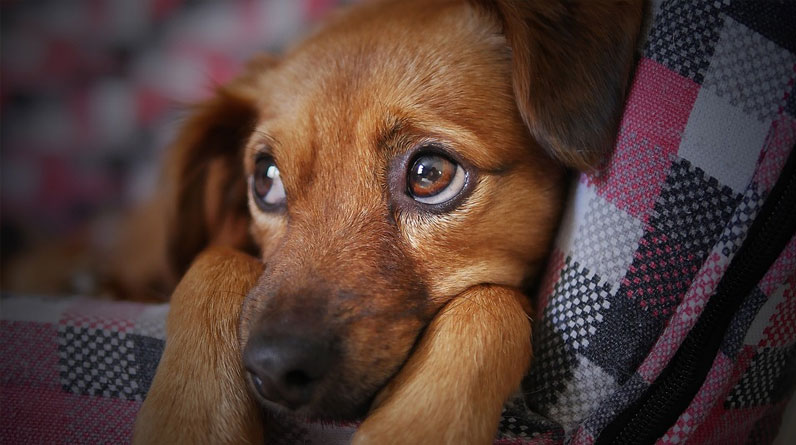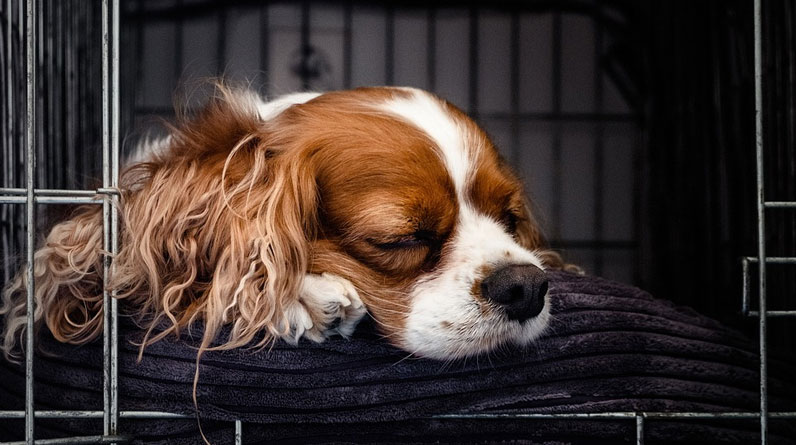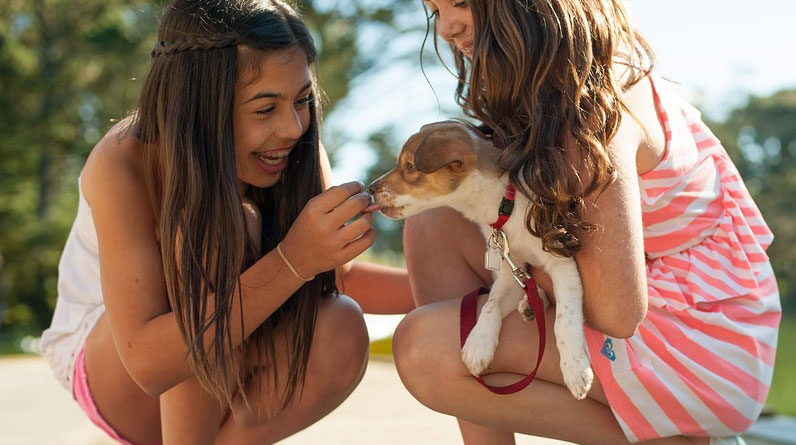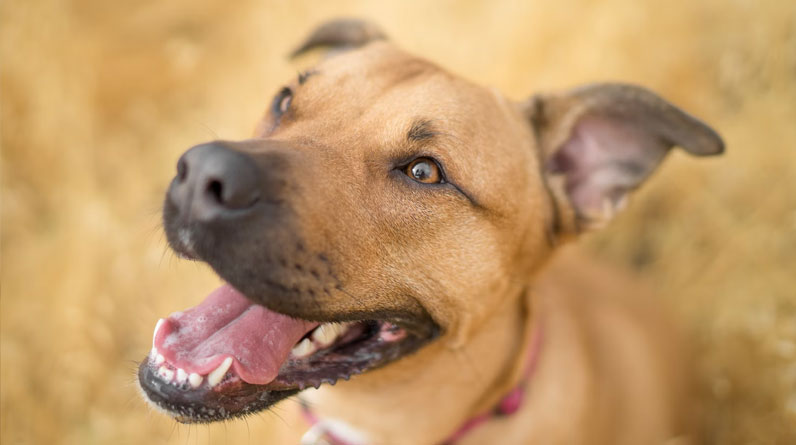
How to Potty Train Your Puppy
Potty training a puppy can be challenging, but it doesn’t have to be. Follow these tips and tricks to housebreak your puppy on your own timetable.
Housebreaking a puppy is the process of teaching your new pet to eliminate appropriately, rather than anywhere and everywhere they please. It’s a natural instinct for wild dogs, but domestic pets need to learn this behavior again.
The benefits of having a housebroken dog are numerous. Not only will it help keep your home tidy, but it’ll also avoid you coming home to an unpleasant odor from an indoor accident. This in turn makes life much easier for you, especially if you plan on letting them roam freely around the house while you’re not there at any time during the day or night. Read on as we walk you through the steps of how to potty train a puppy in no time!
Establish a Routine
The first thing to do, before anything else, is to establish a routine for your puppy, especially if you work a long shift. While you’re away, your puppy will need to be fed, exercised, and given ample chance to use the bathroom.
Make sure to feed them at the same times every day, so they’re not constantly hungry. If they’re hungry, they won’t be thinking about using the bathroom. If it’s just the two of you in the house, like most pet-owning families, then it’s a good idea to walk your puppy before you leave for work and again upon your return home.
This ensures that they get enough exercise, but also plenty of time to relieve themselves. If you have other people coming and going often in the house with your puppy, it’s best to crate-train them.
What You’ll Need
Before you start potty training your puppy, make sure you have everything you need ready and available. This includes the right food, a poop-scoop, and a good quality crate. If you don’t already have a crate, consider purchasing one as soon as you get your puppy.
It’s better to housebreak a puppy as early as possible, so they can get used to it early. A crate is a useful tool for housebreaking a puppy. It serves as a safe place for them to sleep when you’re not home, but it also forces them to “hold it” when you’re in another room.
The crate should be large enough for your puppy to comfortably stand and turn around in, but not large enough for them to relieve themselves in one corner. This will encourage them to go to the bathroom in other places in the house.
Step 1: Recognize the Signs
The first step in potty training your puppy is to recognize when they need to relieve themselves. This is their way of telling you that they’re full, so you need to learn how to read their signals. The most common “signal” your puppy will give you is to sniff around at the ground.
This is their way of letting you know they need to go potty! They might also get restless, or start walking/crawling to the door. If you’re inside, they might even start to scratch at the ground. If they start to squat and strain, they’re too late. Your puppy has already gone and has no way of cleaning up their mess. Be sure to scoop up their poop as soon as you see it, even if it’s in your yard.
Step 2: Go Out With Your Puppy Every Hour
One tip for potty training a puppy is to take them outside every hour. This can be a bit inconvenient, but it’s the best way to be sure your puppy gets plenty of chances to use the bathroom.
It’s also important to take your puppy outside at the same time every day. This will help them to recognize the schedule and will help them learn faster that they need to use the bathroom at the same time every day. If you take your puppy out to the same place every time, they’ll get used to the smell and will be more likely to recognize when they need to go.
If your puppy goes to the bathroom outside, be sure to praise them so they know they did a good thing. This will help them to associate going outside with something good.
Step 3: The Golden Hour
Most puppies can hold their bladder while they’re sleeping, so what you can do is wake them up every three hours to let them go outside. This Golden Hour rule is crucial because it’s when your puppy has been awake the longest and has the longest until they can go to bed again.
The next time you wake up, do the same thing. And the next, until your puppy is fully trained. This way, your puppy won’t have to hold it for long, which is helpful for them and for you.
Step 4: Determine Why Your Puppy is Shying Away From the Crate
If your puppy is shying away from the crate, it’s highly likely that they have to go to the bathroom. If this is the case, they won’t want to go in the crate to relieve themselves, and this is why it’s important to take them outside every hour.
If this continues, try placing some pebbles or sand in the crate. This will let them know they went too far in the crate, and they need to go back. The crate should never be a place to punish your puppy. It should only be used as a safe place when you’re not around to watch them, and as a place where they can go when they need to relieve themselves.
Conclusion
Puppy housebreaking can be a long and sometimes tedious process, but one that is very much worth the effort. By following these helpful tips and tricks, you’ll be able to housebreak your puppy much quicker than you might have thought was possible.
Remember that this is a gradual process, and your puppy will get the hang of it soon enough. Stay patient, and you’ll be rewarded with a puppy that is much easier to care for and live with.
